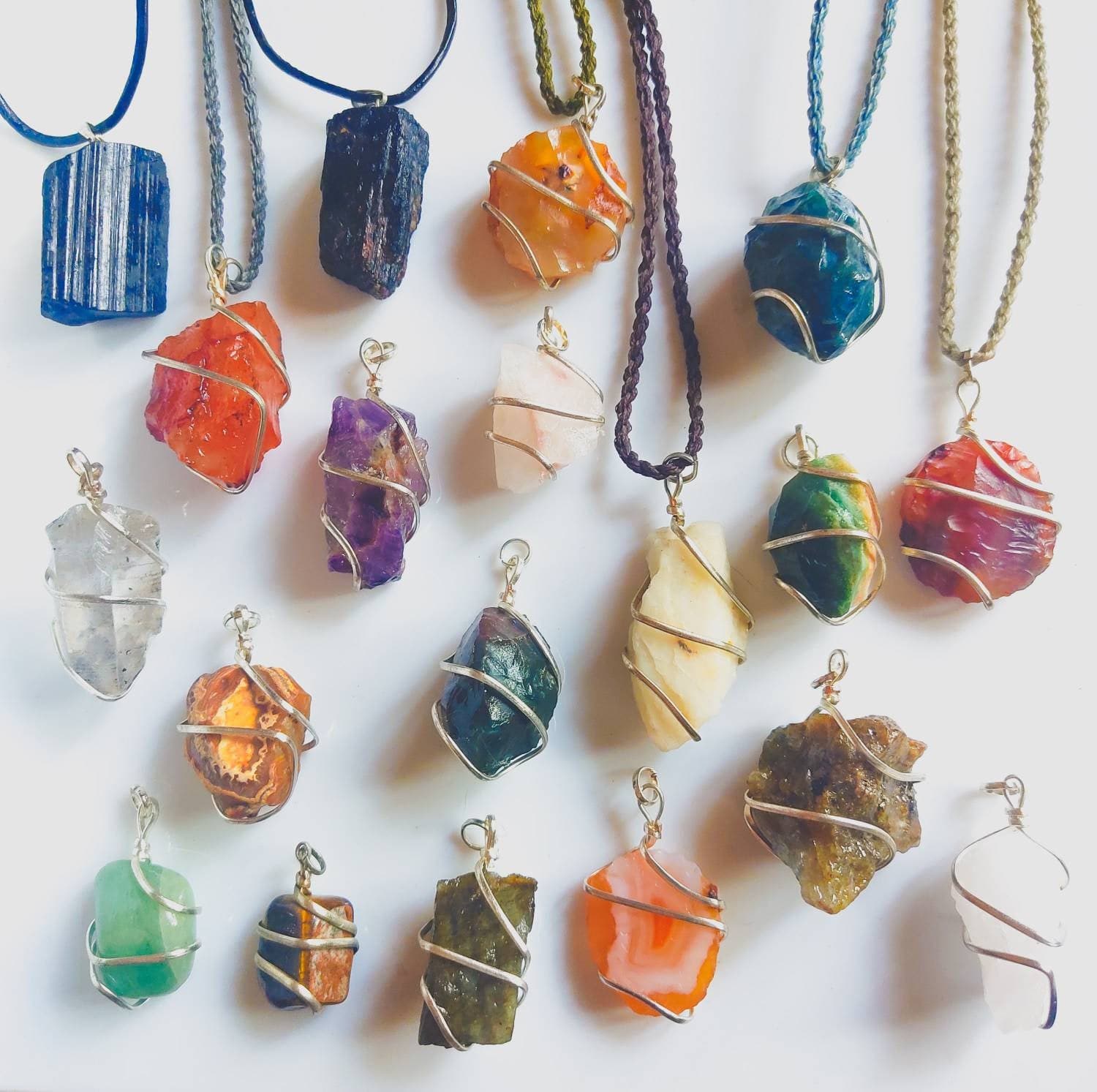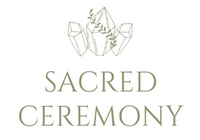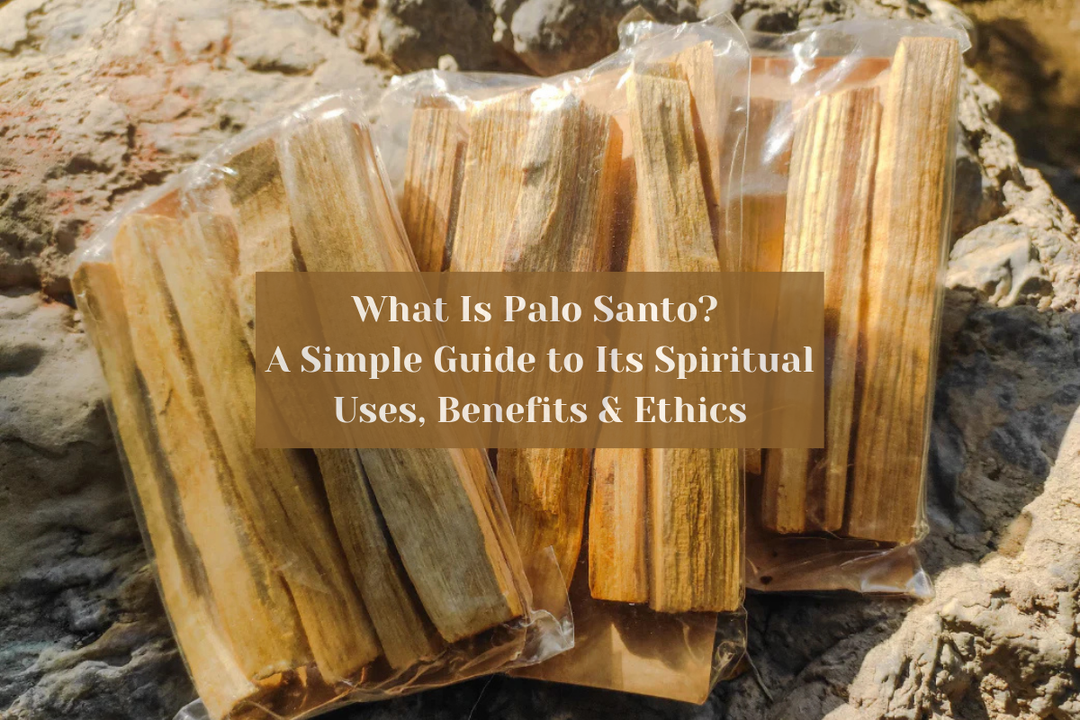🌍 The Ethics of Crystal Sourcing: Where Do Your Crystals Come From?
Why Crystal Ethics Matter
The spiritual and energetic power of crystals is undeniable. But here’s the uncomfortable truth: not all crystals come from ethical sources.
In fact, many are mined under harsh labor conditions, involve environmental destruction, or are part of opaque supply chains.
“Spiritual healing loses its integrity when the tools used come from a place of harm.”
Just like food, fashion, or beauty—where and how your crystals are sourced deeply matters.
Natural vs. Man-Made Crystals: What’s the Difference?

Understanding what you’re buying is the first step to buying responsibly.
1. Natural Crystals
-
Origin: Mined from the Earth with varying degrees of human intervention.
-
Appearance: Often display imperfections—like inclusions, uneven coloring, cracks, or cloudy areas.
-
Energy: Carry strong grounding, ancient energies formed over thousands (even millions) of years.
-
Ethics: Sourcing can be ethical or unethical depending on the mining practices, labor conditions, and environmental impact.
2. Man-Made Crystals
-
Origin: Grown in laboratories to mimic the physical and chemical properties of natural stones.
-
Examples: Opalite, Goldstone, and some forms of synthetic Quartz.
-
Appearance: Typically flawless—smooth surfaces, vibrant colors, no inclusions.
-
Energy: While beautiful and consistent, they often lack the deep, ancient energies carried by naturally formed crystals.
-
Ethics: Lower environmental toll but often lack the same energetic frequency as earth-born stones.
Neither is inherently good or bad—it’s all about how and why they’re made.
What Makes a Crystal Ethically Sourced?

Not all sellers are transparent, but here are key criteria to look for:
-
Fair Wages & Safe Labor Conditions: The miners and workers are paid fairly and work in safe environments.
-
Minimal Environmental Harm: Mining doesn’t cause long-term damage to local ecosystems or water sources.
-
Traceable Supply Chain: Sellers can track where the stone originated.
-
Handpicked or Small-Scale Mines: Often more sustainable than large corporate mines.
How to Avoid Unethical Crystals
Ethical sourcing isn’t always easy—but it’s possible when you shop consciously.
✔ Tips to Buy Ethical Crystals:
-
Ask Questions: Where is the crystal from? Who mined it?
-
Buy From Trusted Sellers: Small businesses who prioritize sustainability—like Sacred Ceremony Co.—often work with conscious partners.
-
Avoid Mass-Produced Stones: If it’s too cheap to be true, it probably is.
-
Choose Hand-Carved or Fair Trade: Many artisans ethically handcraft crystals in small batches.
Why It All Matters

If you use crystals for energy healing, meditation, or self-growth, then it only makes sense to extend that awareness to your buying choices. An unethically sourced crystal might carry more harm than harmony.
"The frequency of a stone begins from its origin."
Buying with intention not only enhances your practice—it supports a more loving, fair, and sustainable world.
How Sacred Ceremony Co. Supports Ethical Crystal Use

At Sacred Ceremony, we’re deeply committed to ethical sourcing.
From handpicked crystals and artisan-carved jewelry, to moon-charged bundles, we work with small, transparent suppliers in India and beyond.
Ethical sourcing is not a trend—it’s a responsibility.
Whether you’re a beginner buying your first Rose Quartz or a seasoned healer with a full grid, you deserve to know the story behind your stones. And that story should feel good.
Let your practice reflect your values.
Let your energy tools be born of light, not harm.
Let healing be whole—inside, outside, and all around.





Hello, I am trying to find authentic Tibetan tektite to heal my soul and allow my evolution to transpire in a grounded way. Please let me know what are the average prices of Tibetan tektite and how rare are they? Are they more common than moldavite? I already have a moldavite ring and quite a few of the synergy 12 but still missing the azeztulite, satyaloka quartz, herderite, and tiberan tektite
Leave a comment